
10 Cysteine Rich Foods To Support Your Wellbeing
There are various cysteine rich foods available to us to support optimal levels of this amino acid within the body. We need to have relatively high amounts of cysteine available to us to support optimal wellness.
The body is able to make cysteine naturally but this drains already available resources. Supporting cysteine levels through our diet should ensure that our body is working optimally which active people may consider to be especially important.
Research has shown that lower cysteine levels are linked to an increased risk of developing some cancers and also cardiovascular diseases because of effects on antioxidant capacity. Cysteine is also thought to be important in managing excessive inflammatory build ups within the body and risks of developing inflammatory disorders. Cysteine is rate limiting and crucial in the production of glutathione. This is one of our most potent antioxidants which prevents excessive build ups of oxidative stress.
Various foods which are rich in cysteine are listed here to show you how you could easily support your levels of cysteine and wellbeing naturally with these cysteine rich foods.

Why Cysteine Is Important In Supporting Our Wellbeing
Cysteine is an amino acid which we need to have available within the body in high amounts to support our optimal wellness.
While the body is able to make cysteine this of course diverts and uses resources which would otherwise support other important bodily functions. Cysteine is considered to be essential in supporting various important cellular activities. Our cells are thought to maintain active cysteine pools which we call upon in times of need. Cysteine contains a unique sulphur group where this amino acid obtains a lot of properties. This group is crucial to supporting the roles of cysteine within the body including as an antioxidant. The sulphur containing sulphur group of cysteine allows the amino acid to bind to metal compounds too.
Cysteine is a rate limiting amino acid used in the production of glutathione. Glutathione attaches to and massively increases the antioxidant activity of the glutathione antioxidant complex. This is perhaps one of the most if not the most important antioxidant in the body and glutathione has protective influences against accumulations of cancer causing oxidative stress. The sulphur containing thiol group is where much of the antioxidant capacity of glutathione originates from. Abnormal changes to cysteine metabolism are linked with the development of some cancers and this could be because of changes in systemic glutathione.
Research also indicates that higher levels of cysteine are able to significantly contribute to improvements in athletic ability. Higher levels of cysteine are also linked with detoxification capacity via increased amounts of glutathione and reduced risk of cardiovascular diseases. These are all really important reasons why cysteine is an amino acid which could support more optimal wellness.
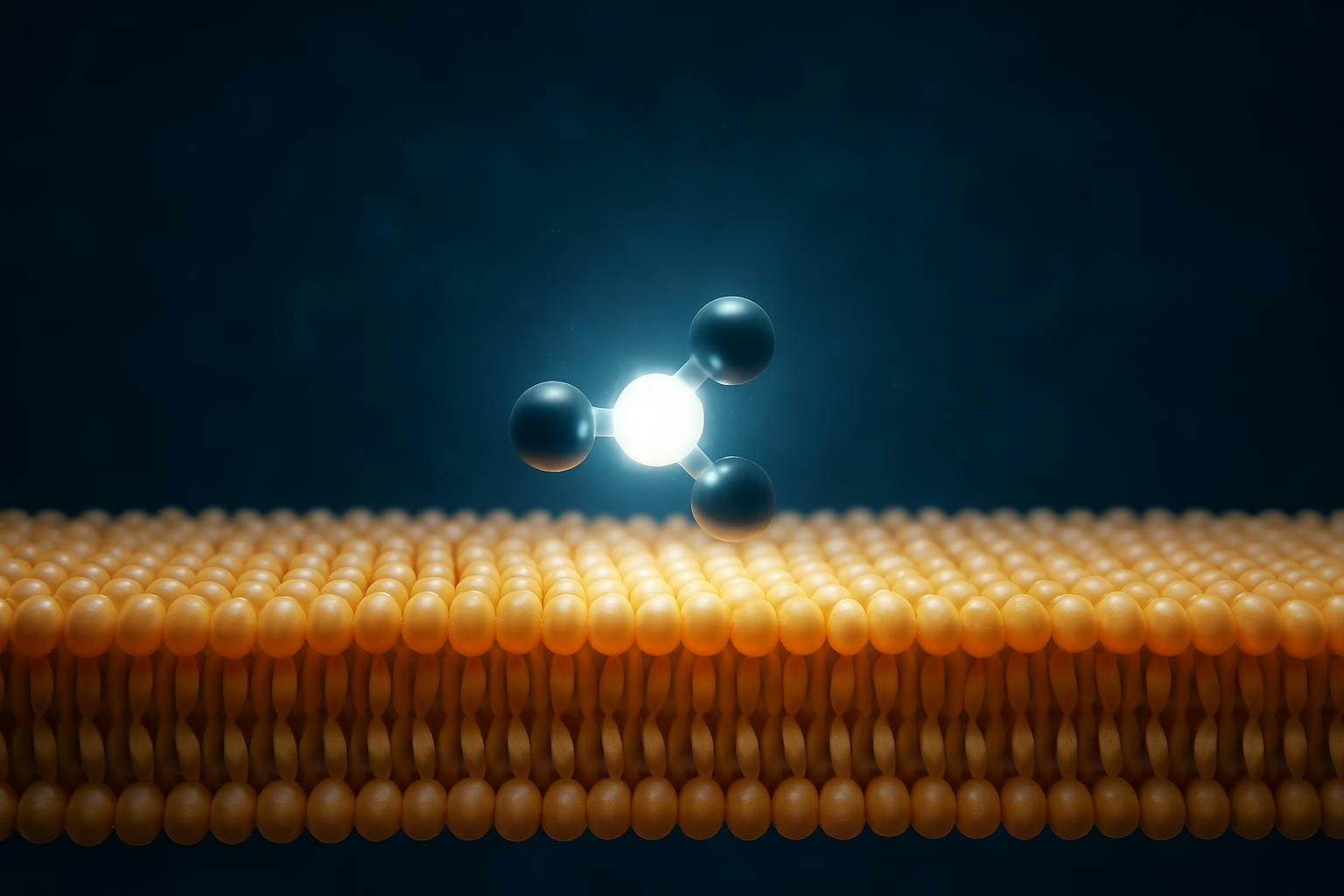
10 Cysteine Rich Foods
There are various cysteine rich foods available to us. Although cysteine is one of the less abundant amino acids found within lifeforms and this emphasises the need to support our diet with cysteine. Foods rich in cysteine or cystine also seem to have a strong profile of other amino acids. While a lot of cysteine rich foods are of meat source or fish there are some nutrient dense vegetable sources of cysteine too.
Data is limited on cysteine within our foods. Many sources give values of the amino acid cystine instead of cysteine. The two are very similar with two cysteine amino acids making cystine. Cystine could be considered as a source of cysteine. As cystine in convertible to cysteine this is why the values of cysteine rich foods below are given in amounts of cystine per 100 grams.
Chicken Breast
Chicken breast is one of the most nutrient dense foods in terms of total possible cysteine availability. Within 100 grams of cooked lean chicken breast there is 336mg of cystine. Chicken breast is very easy to cook and integrate into a meal. To boost your levels of cysteine you could consider increasing your intake of chicken breast meat.
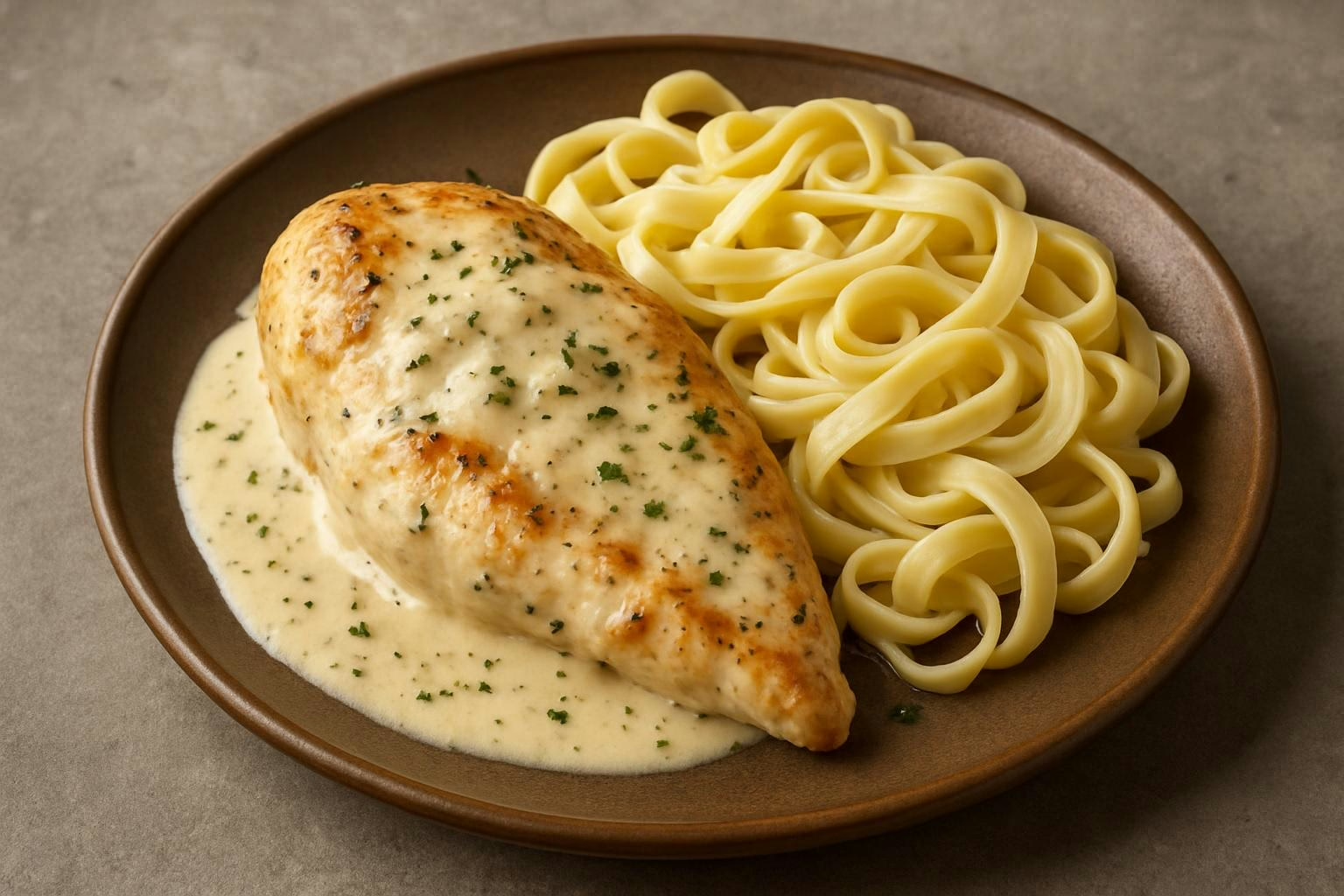
Clams
Very similar in terms of possible cysteine availability to chicken are clams. In 100 grams of cooked clams there is about 335mg of cystine. Again clams are easy cook and make a meal with but need to be cooked properly. As a seafood this also gives you some variation.
Roast Beef
Roast beef is very nutrient dense in terms of an overall amino acid profile. 100 grams of a cut of roast beef contains about 306mg of cystine. This means that a sizeable portion of roast beef would contribute very significantly to maintaining available cysteine in the body.
Tuna
Tuna is one of the easiest foods to prepare and integrate into a meal. In 100 grams of raw bluefin tuna there is 250mg of cystine. This is a sizeable amount of cystine which could then be used by the body to maintain healthy levels of cysteine. Tuna is very nutrient dense in other amino acids too.
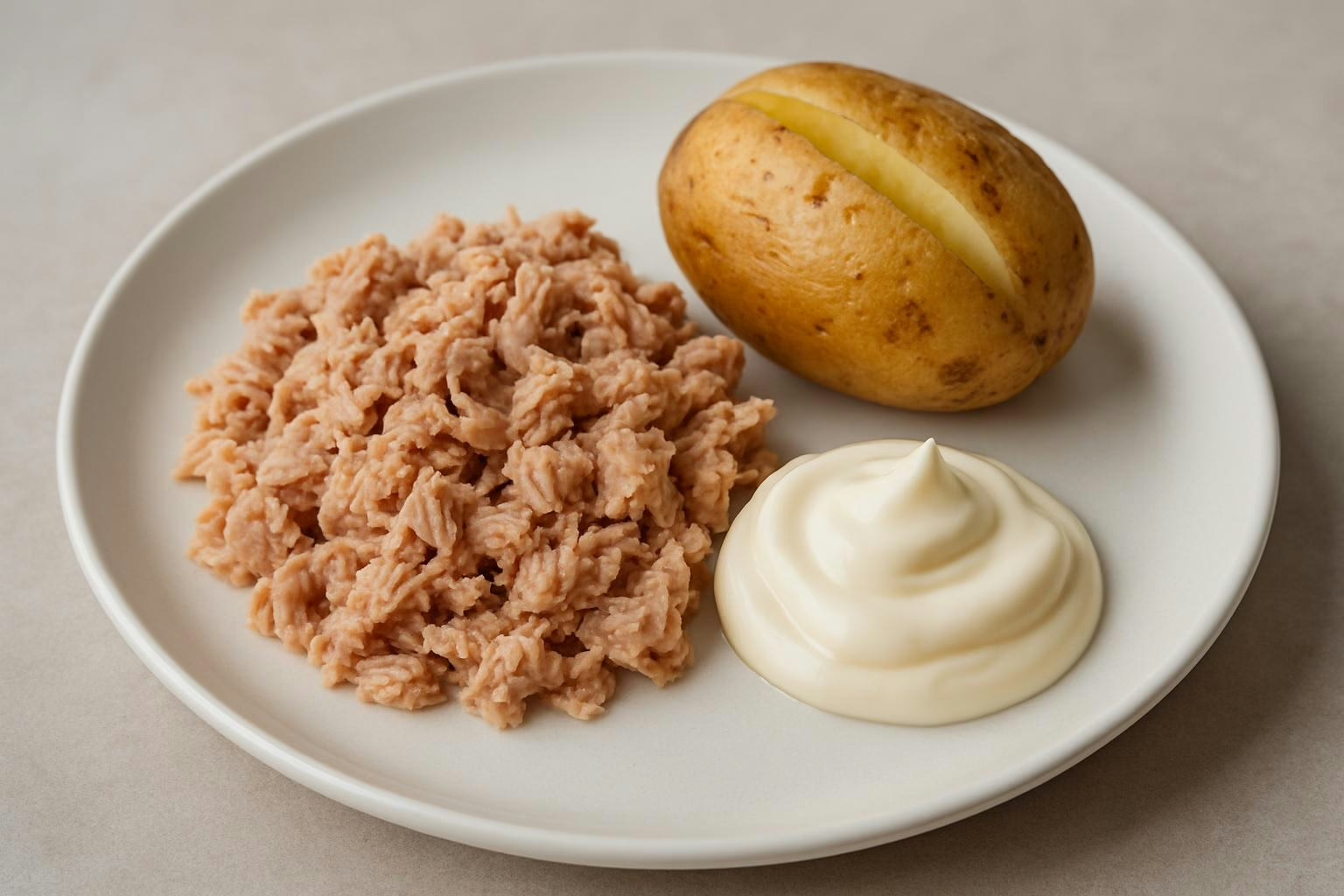
Crab
Crab is also very nutrient dense in amino acids and other nutrients. In 100 grams of cooked blue crab meat there is about 240mg of cystine. This provides a seafood alternative to support your levels of cysteine as available from cystine within the body.
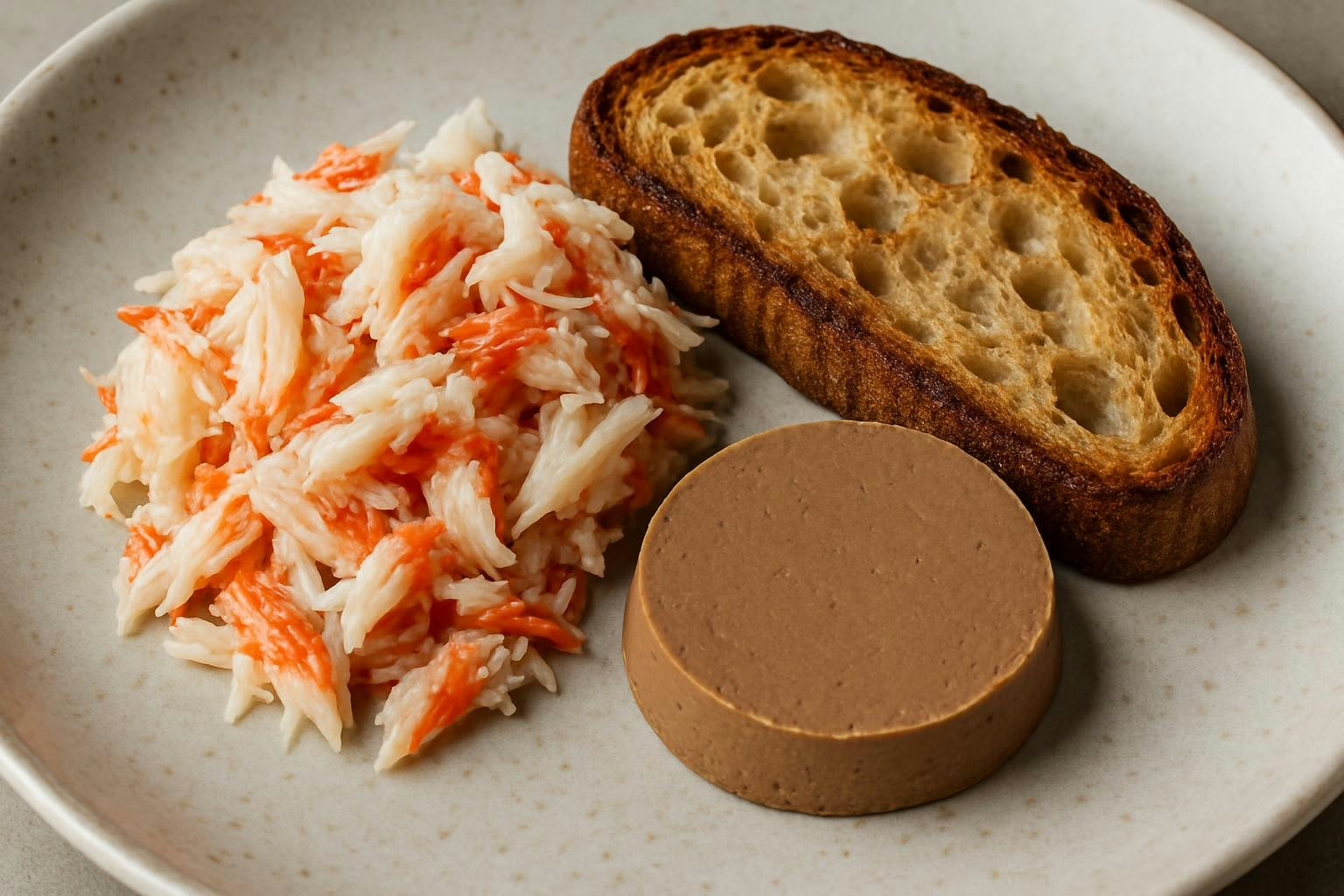
Eggs
Scrambled eggs are a popular meals to have at either breakfast or lunch. Eggs are very versatile as a food as well and go with a lot of other foods. Within 100 grams of scrambled eggs there is about 205mg of cystine. Scrambled eggs could provide an excellent source of cysteine from cystine to support our levels of cysteine.
Chickpeas
While the top rich foods containing cysteine are mostly of animal source there are some nutrient dense vegetable sources of cysteine from cystine. 100 grams of cooked chickpeas contains 119mg of cystine. Chickpeas are one of the most nutrient dense vegetable sources of available cysteine and are used to make humous.
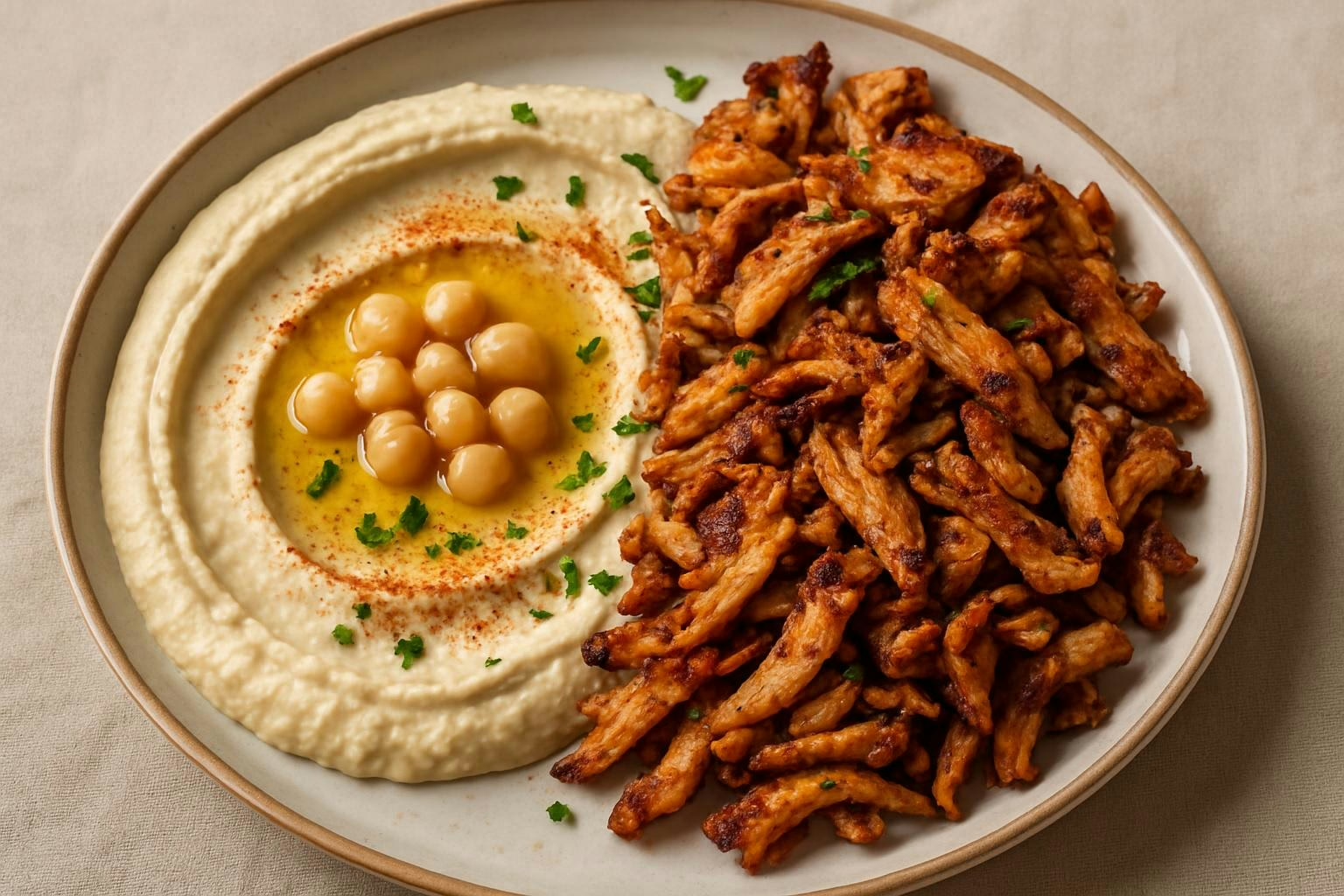
Lentils
Lentils is a staple food which vegetarians regularly eat. In 100 grams of cooked lentils there is about 118mg of cystine. While maybe not as nutrient dense as animal foods this provides an alternative plant food to include in your diet if you are looking to boost cysteine levels.
Couscous
Couscous is a grain so is classed as a vegetable. In 100 grams of cooked couscous there is 107mg of cystine. Couscous is very adaptable as a healthy partner to a main food within a meal. Couscous contains a high level of cystine compared to other vegetable foods so could help support levels of cysteine within the body.
Yoghurt
Yoghurt contains a nice range of amino acids. In 100 grams of plain full fat yoghurt contains about 32mg of cystine. While this is not the most nutrient dense source of cystine available this certainly provides a source of additional cysteine from cystine.
The most nutrient dense sources of cysteine from cystine are foods such as chicken breast and cooked clams. These could provide us with excellent amounts of cysteine to support optimal levels of cysteine within the body.
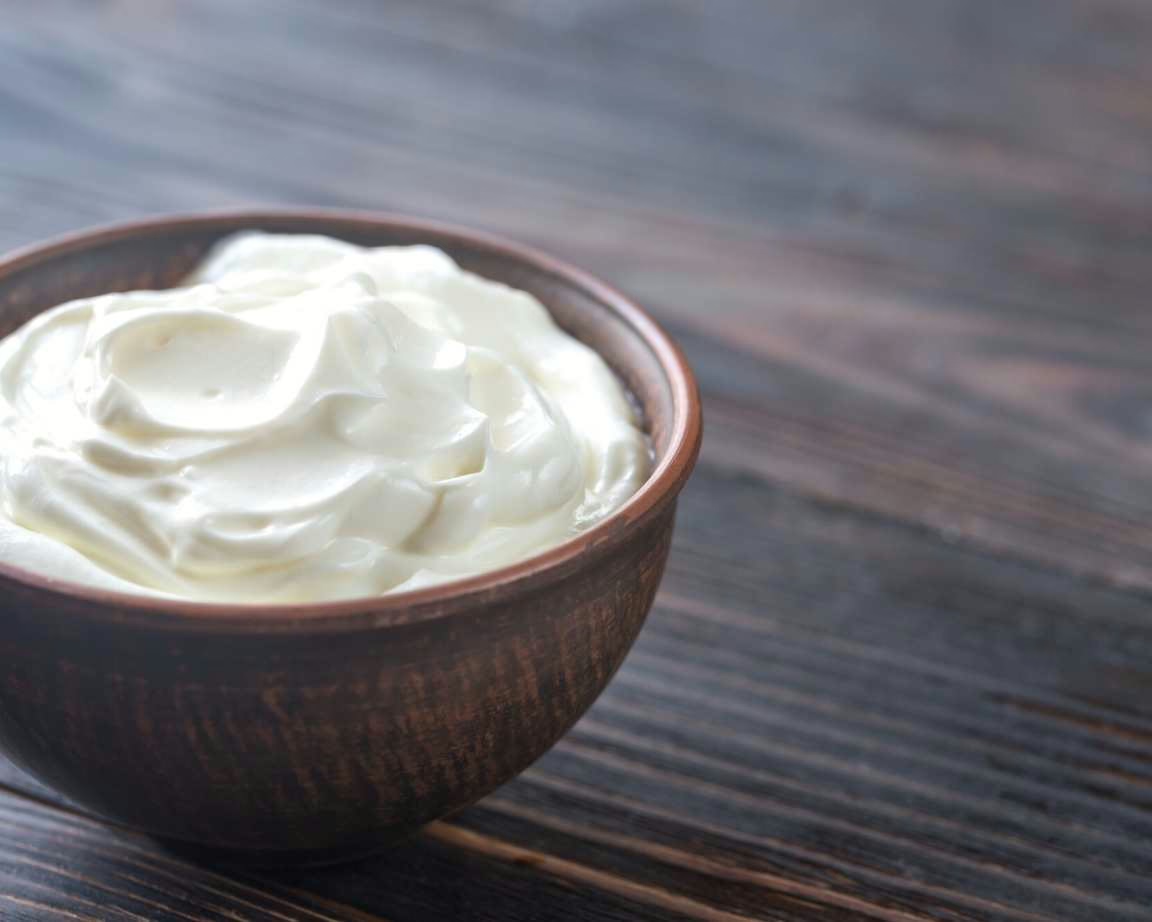
Summary
Cysteine is not the most readily available amino acid to obtain from our diet but there are various cysteine rich foods available to us. While the body is able to produce cysteine this takes up valuable resources which is an important reason to consider supporting your diet with cysteine rich foods. We need to maintain relatively high levels of cysteine to support optimal wellness and active people need more of this amino acid than the average person.
One of the main uses of cysteine within the body is in the production of glutathione. This is one of the most potent antioxidants within the body which cleanses oxidative stress. Much of the activity of cysteine in the body comes from a unique sulphur group which supports the antioxidant capacity of glutathione. This group also allows cysteine compounds to bind to heavy metals and supports with detoxification.
Higher levels of cysteine are linked with reductions in risks of developing some cancers and also cardiovascular diseases. Improved levels of cysteine are also thought to be able to support improvements in athletic ability.
Cysteine is convertible to cystine and vice versa. Foods rich in cystine could also be considered to be rich in cysteine. The foods which have the highest cystine levels and cysteine availability include chicken breast, cooked clams, roast beef, tuna, crab and chickpeas. These are all foods which could easily be integrated into meals to support healthy levels of cysteine in the body.
Overall the most nutrient dense or rich food sources of cysteine from cystine are foods such as chicken breast and cooked clams. These could help to maintain healthy levels of the amino acid cysteine in the body which is crucial in maintaining our antioxidant levels.





